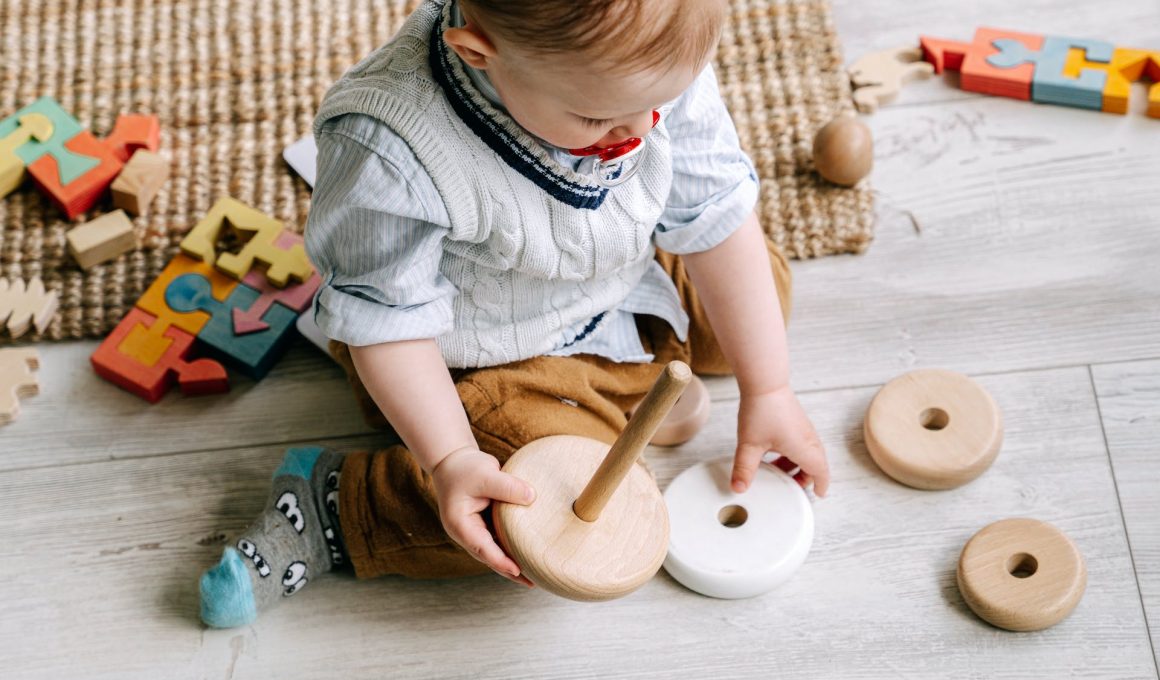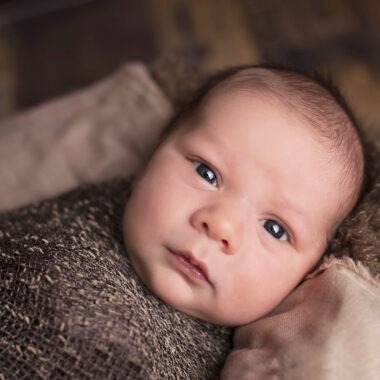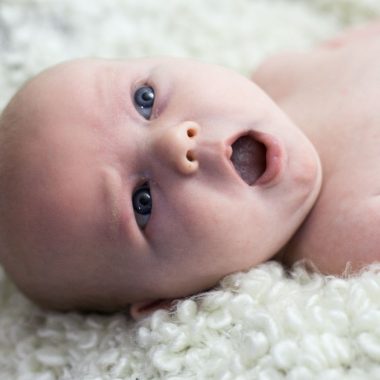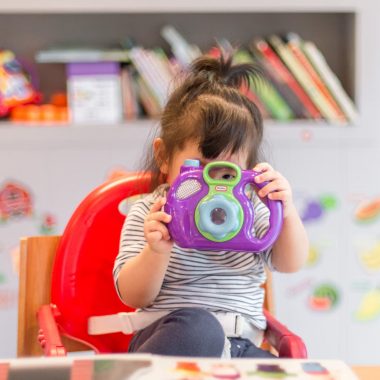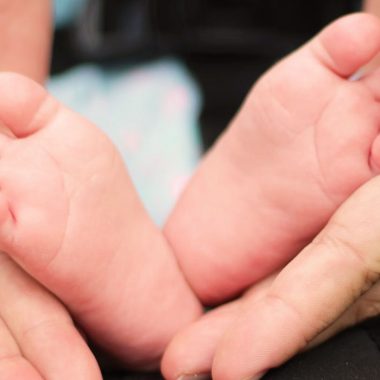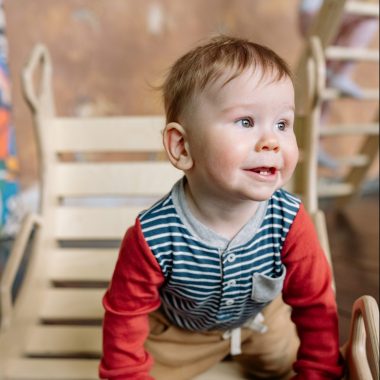A child’s daily activities involve the use of many fine motor skills. These are the tiny movements made with their hands, fingers, feet, and toes.
These skills allow a child to do countless everyday tasks. Getting dressed, using a pair of scissors, holding a pencil, and eating with a spoon are just a few examples of fine motor skills.
Fine motor skills develop from birth to adulthood. Healthcare providers have benchmarks for different fine motor skills at every age. In this article, you will find all the information you need to know more about fine motor skills.
What are fine motor skills?
Fine motor skills are the small, precise movements made with the hands, fingers, feet and toes. They involve the complex coordination of muscles, joints and nerves.
Fine motor control is a complex process that requires:
- Awareness and planning.
- Coordination.
- Muscle strength.
- Normal sensation in your hands and fingers or feet and toes.
- Precision.
Healthcare providers put a lot of focus on fine motor skills in child development.
What are some examples of fine motor skills?
Examples of fine motor skills include:
- Holding a pencil, writing or drawing with it.
- Using scissors.
- Folding clothes.
- Typing on a keyboard.
- Fastening a button.
- Zipping a zipper
- Tying shoelaces.
- Twisting a doorknob.
- Eating with a fork and spoon.
- Playing video games using a controller.
- Playing an instrument like a guitar, flute or piano.
Why are fine motor skills important?
Fine motor skills are an important component of our lives. They contribute to a child’s development and independence across all areas of learning. Countless everyday tasks require fine motor skills, without which life would be very challenging.
- Fine motor skills involve small muscles working with the brain and nervous system to control movements in areas such as the hands, fingers, toes, lips, tongue and eyes.
- Developing fine motor skills helps children carry out tasks like eating, writing, grasping objects and getting dressed.
- A baby uses their fingers and thumbs to pick things up.
- A baby feels and tastes objects with their mouth and lips.
- A child uses their fine motor skills for actions like pulling up a zip or using scissors to cut up paper.
ALSO READ: Baby Developmental Milestones (0-12 Months)
Fine motor skills are important for a child’s development. Some benefits are listed below:
- They bring about independence: Developing fine motor skills helps a child do many tasks on their own and enable them to overcome many obstacles.
- They enable a child to get dressed: Dressing themselves positively affects the state of mind for many children.
- They require hand-eye coordination: When children interact with fine motor games and activities, they are continually improving the link between what their eyes see, and what they are trying to hold and touch.
- They help a child eat: This is one of the primary benefits of fine motor skills. Eating is a primary need for everyone. These skills enable a child to eat more independently and successfully.
- They boost self esteem: These skills help a child become aware of their abilities.
- They enable a child to do self care: Activities like brushing the teeth, combing the hair, washing the hands are included in self care habits and these all can be done when fine motor skills develop.
- They support brain development: Fine motor skills positively provide a chance to improve hand-eye connection and a multisensory experience by combining touch and side.
- They boost creativity: Many art based activities require fine motor skills. Painting, making play dough models, sewing, weaving are the examples to them.
- They boost socialization: Strengthening fine motor skills can help a child in feeling more connected to their friends.
When do fine motor skills develop?
Babies usually begin to acquire fine motor skills as early as 1 or 2 months old. They continue to learn additional skills through preschool and elementary school.
But always remember that babies and toddlers develop fine and gross motor skills at their own pace. Some children develop some skills earlier than the others, and that’s perfectly normal.
Below you will find the most important fine motor skills children need to develop:
- The palmar arches allow the palms to curl inward. Strengthening these helps coordinate the movement of fingers.
- Wrist stability develops by early school years. It allows children to move their fingers with strength and control.
- Skilled side of the hand is the use of the thumb, index finger, and other fingers together for precision grasping.
- Intrinsic hand muscle development is the ability to perform small movements with the hand, where the tip of the thumb, index finger, and middle finger touch.
- Bilateral hand skills permit the coordination of both hands at the same time.
- Scissor skills develop by age 4 and teaches hand strength and hand-eye coordination.
ALSO READ: Gross Motor Skills Development in Early Childhood
Milestones of fine motor skills development
Although children develop at different rates, having an approximate timeline when they reach certain milestones can be useful in helping you determine if your child is progressing at a normal rate.
Below are some general guidelines for fine motor skill development.
2 months
At 2 months old, a baby should be able to
- Open their hand from a closed fist.
- Hold their hands together.
- Hold onto a rattle if placed in their hand.
4–6 months
At 4-6 months old, a baby should be able to
- Reach for objects.
- Hold an object placed in the palm of the hand.
- Transfer objects between their mouth and hands.
- Hold their hands together.
8 months
At 8 months old, a baby should be able to
- Grasp small objects in their fingers.
- Remove an object from a cup.
- Bang a spoon on a surface.
10–12 months
At 10–12 months old, a baby should be able to
- Grasp or pinch an object between the thumb and index finger.
- Throw objects.
- Stir using a spoon.
1–2 years
At 1–2 years old, a child should be able to
- Hold a crayon.
- Scribble.
- Attempt to stack two cubes.
2–3 years
At 2–3 years old, a child should be able to
- Make a “train” of cubes.
- Stack cubes.
- Brush their teeth with assistance.
- Put on a coat without assistance.
3–4 years
At 3–4 years old, a child should be able to
- Eat independently.
- Unbutton buttons.
- Pour liquid from one container to another.
- Draw objects.
4–5 years
At 4–5 years old, a child should be able to
- Cut using scissors.
- Write their first name.
- Dress themselves.
- Wipe after going to the bathroom.
5–6 years
At 5–6 years old, a child should be able to
- Use clothespins to transfer small objects.
- Bathe independently.
- Write their first and last name.
Ways to improve fine motor skills
You can help your child improve their fine motor skills by giving them opportunities to do some activities.
Incorporating fun and home activities into your child’s daily routine means a lot. A child’s ability to learn and practice fine motor skills at an early age can benefit them academically, socially, and personally.
Below are some activities you and your child can do together:
- Put together a puzzle as a family.
- Finger paint together.
- Let your child pour their own drink.
- Allow your child to assist with meal preparation, like stirring, mixing, or pouring ingredients.
- Let your child help you set the dinner table.
- Play board games that involve rolling dice.
- Encourage them to draw or scribble.
- Let them cut with child-safe scissors.
- Have your child roll and flatten clay with their hands, and then use a cookie cutter to make cutouts.
- Show your child how to use a hole puncher.
- Practice placing rubber bands around a can.
- Place objects in a container and have your child remove them with tweezers.
Trouble with fine motor skills
Although fine motor skills develop at different rates, see your child’s pediatrician if they struggle with these skills or gross motor skills.
Signs of a problem with fine motor skills include:
- Dropping items.
- Unable to tie shoes.
- Difficulty holding a spoon or toothbrush.
- Trouble writing, coloring, or using scissors.
Some fine motor skills delays aren’t detected until a child is older. Identifying a delay early on can ensure your child receives the help they need to build their skills and help them grow.
When to talk with your child’s doctor
Children develop at their own pace. Some learn to eat with a spoon earlier or later than others, and that’s normal.
You can talk with your child’s doctor if your child doesn’t seem to be reaching many of the milestones for their age group or if you’re concerned about their development.
Your child’s pediatrician may diagnose a coordination disorder if your child has:
- Fine motor skills below what’s expected for their age.
- Poor fine motor skills that make it difficult to complete everyday tasks.
- Developmental delays in motor skills that started at an early age.
References: webmd.com, verywellfamily.com, clevelandclinic.org, verywellhealth.com, canr.msu.edu, healthline.com,


